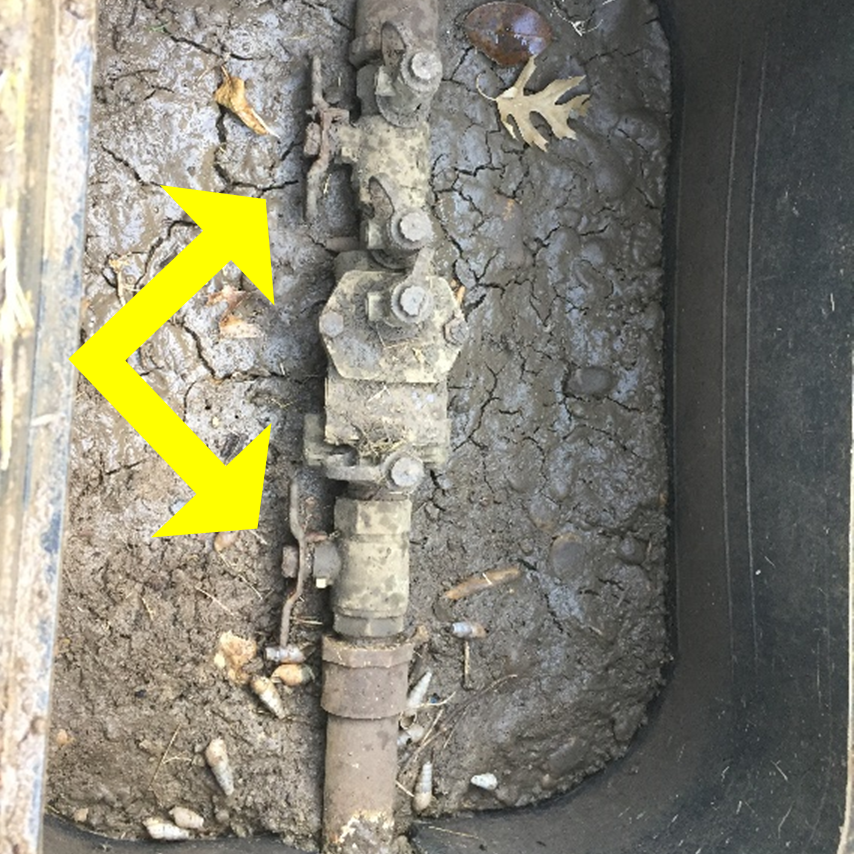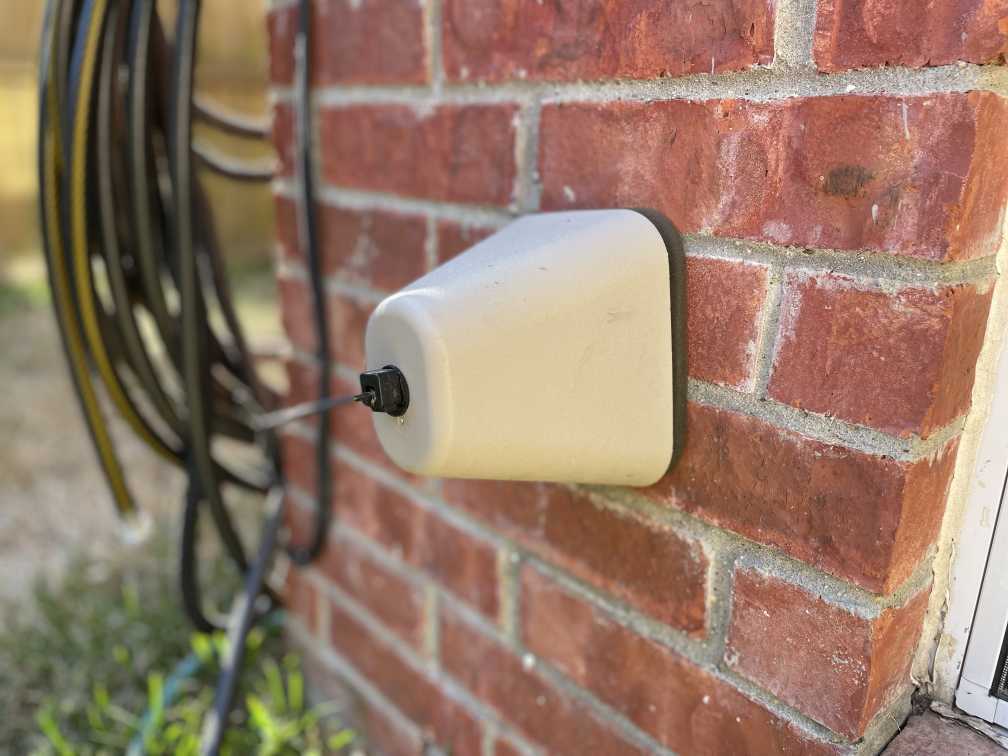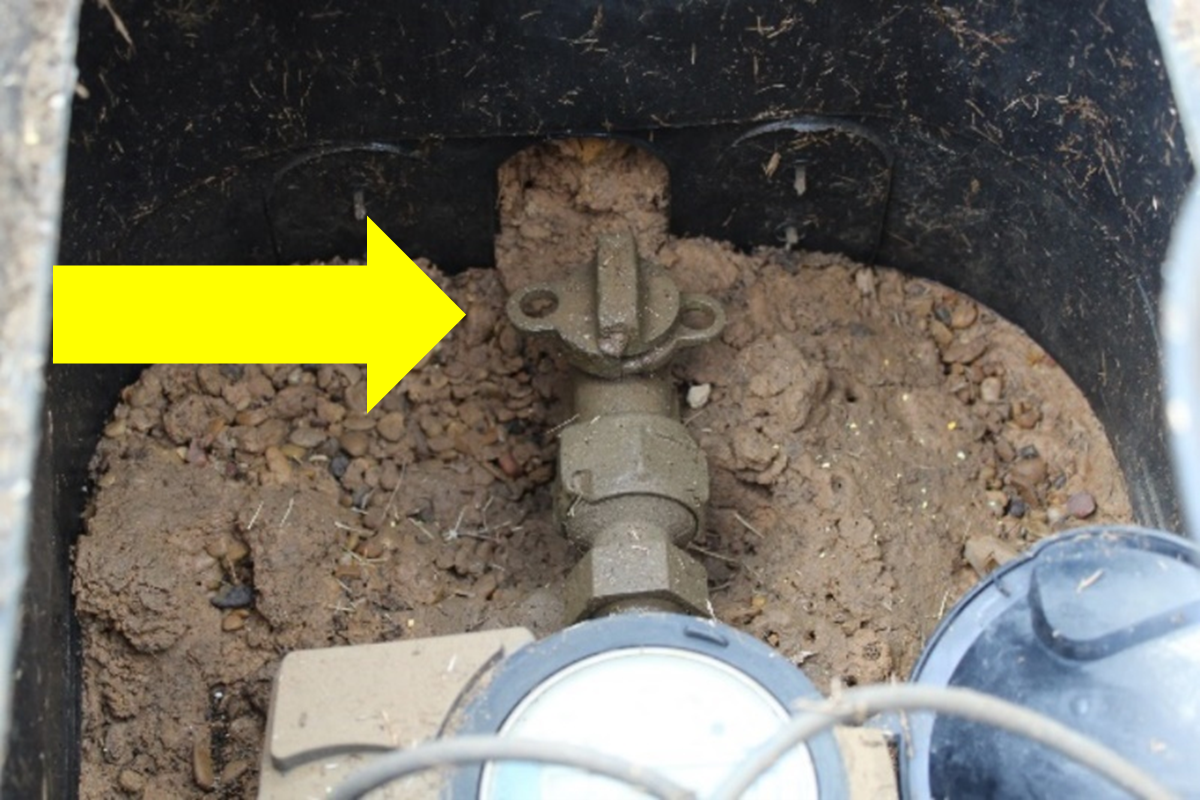Winter Weatherization and Emergencies
Freezing temperatures can damage landscape irrigation systems causing leaks and wasted water. When water freezes it expands! If there is no room for expansion, pipes, fittings, valves, and other irrigation components may crack or burst. Preparing your irrigation system for extreme winter weather can help avoid costly repairs this spring.
Follow these simple steps to winterize your irrigation system:
- Turn irrigation controller OFF.
- Turn off the irrigation system water supply at the backflow prevention assembly.
- Insulate any pipes that are exposed above ground.
- Drain the water from irrigation components installed above ground, such as backflow prevention assemblies. (See videos below to learn how to do this.)

For help locating the backflow prevention assembly, contact your water utility or public
works department, or a . Any of these will be able to help you winterize your irrigation system. Watch the videos below or visit the for more info on winterizing your irrigation system.
If your irrigation system has a leak, turning the controller off may not stop the leak - - you may need to turn the water off at the backflow prevention assembly. Simply turn one of the two handles to the upright or vertical position on the backflow prevention assembly. On newer systems, you can turn the water off at the PVC ball valve with a one-quarter turn of the handle. These valves only turn off water to your sprinklers, not the inside of the house. Finally, contact a licensed irrigator to repair the leaking parts.

Pipes and Faucets
Protect your exterior faucets from freezing by disconnecting your hoses and placing a
faucet cover on. These items are inexpensive and can be purchased at any hardware store. If you have exposed pipes, be sure to insulate them with foam or other materials that can also be purchased at local hardware stores.

Pools
Swimming pools require year-round maintenance, including during freezing weather. Be sure that pumps continue to circulate water in your pool when temperatures are below freezing. If
temperatures are expected to be below freezing for several days, your equipment is already damaged, or you lose power at your home, follow your winterization steps to drain certain portions of your pool equipment or contact a pool maintenance company for assistance.
Indoor Plumbing Emergencies
Freezing temperatures can also lead to indoor plumbing leaks and damage. Take a few easy steps to prepare your indoor plumbing before freezing weather occurs to avoid costly repairs.
- For sinks set on an exterior wall, open the cupboards before going to bed to allow warmer air to circulate around the pipes, and open the faucet to allow a slow drip of water.
- You can turn off the water to your house if a pipe break does occur, or to prevent problems during freezing temperatures. To do this, find the water meter box and turn the valve one-quarter turn. Then, open as many faucets as you can and leave open to drain the water. Watch the video below to see how it’s done.
- In the case of a broken pipe or leak, contact the appropriate plumber or appliance repair specialist to resolve the problem as soon as you can to avoid further damage inside your home.

